mtg mh3 draft guide
Welcome to the Modern Horizons 3 Draft Guide! This comprehensive guide covers everything you need to dominate MH3 drafts, from strategies to key insights.
Overview of Modern Horizons 3 Set
Modern Horizons 3 (MH3) is a highly complex and dynamic set, offering a wide array of deckbuilding options and strategies. With 10 distinct archetypes, the set provides a rich Limited environment where players can explore various playstyles. MH3 stands out for its balance of powerful, high-impact cards and intricate synergies, making it both challenging and rewarding. The set introduces unique mechanics and encourages creative deck construction, blending strategy with fun for players of all skill levels.
Why Drafting in MH3 is Unique
Drafting in Modern Horizons 3 is unique due to its complex interplay of archetypes, synergies, and card evaluations. The set offers a wide range of deckbuilding options, encouraging creativity and adaptability. Unlike other sets, MH3’s draft environment is deeply strategic, with a high emphasis on understanding card interactions and mana management. The presence of overperforming and underperforming cards adds unpredictability, making each draft experience distinct and challenging. This blend of depth and variability makes MH3 drafting both rewarding and dynamic for players.

Understanding the MH3 Draft Format
Modern Horizons 3 draft format involves building a 40-card deck from three booster packs. Players pick cards in a rotating order, focusing on synergies and strategies to compete in short matches, emphasizing adaptability and card prioritization to craft a cohesive deck for immediate gameplay.
Key Mechanics in Modern Horizons 3
Modern Horizons 3 introduces several unique mechanics that shape draft strategies. Everbloom allows enchantments to persist even after paying costs, rewarding long-term planning. Flux creates dynamic board states by exiling cards until specific conditions are met. Additionally, the set emphasizes modular builds, with many cards synergizing across archetypes. These mechanics encourage players to focus on card advantage, tempo, and adaptability, making each draft experience distinct and challenging.
Archetype Overview
Modern Horizons 3 draft archetype strategies revolve around aggressive, midrange, and control playstyles. Boros Aggro focuses on low-toughness creatures and anthem effects for explosive starts. Simic Ramp builds toward high-impact spells with mana acceleration and card draw. Orzhov Lifegain leverages life gain to fuel powerful plays, while Gruul Midrange balances efficient creatures with removal. Dimir Control emphasizes disruption and card advantage for late-game dominance. Each archetype offers unique draft paths, shaping deck-building priorities and in-game decisions.
Color Distribution and Balance
Modern Horizons 3 features a balanced color distribution, with each color offering unique strengths. White excels at aggressive creatures and anthems, while Blue provides card draw and counterspells; Black focuses on removal and sacrifice synergies, Red emphasizes burn spells and midrange threats, and Green supports ramp and large creatures. The set’s design ensures no single color dominates, allowing for diverse draft strategies. Understanding each color’s role is key to building cohesive decks and adapting to the draft environment effectively.

Color Rankings and Tier List
Blue and Red dominate as S-tier colors, offering powerful card draw and removal. White and Green follow as A-tier, with versatile strategies. Black is B-tier, relying on specific synergies.
White Color Ranking
White is a strong, versatile color in MH3, excelling at aggressive strategies and midrange builds. Its creatures often provide value beyond their mana cost, with themes like flying, first strike, and lifelink. Cards like Serene Steppe and Knight of Autumn shine in disruptive decks. The color pairs well with Black for lifegain synergies or Red for aggressive starts. White’s consistency and defensive options make it a reliable choice, though it lacks high-impact rare bombs compared to Blue or Red.
Blue Color Ranking
Blue is a top-tier color in MH3, offering exceptional card draw and control elements. Cards like Fae Offering and Moon-Circuit Hacker provide consistent value. The color excels in Tempo and Midrange strategies, with flyers and counterspells enabling strong defensive plays. Blue pairs well with Green for ramp or Black for removal. While it lacks heavy hitters, its ability to generate card advantage and disrupt opponents makes it a powerful force in any draft, especially in Dimir or Simic builds.
Black Color Ranking
Black is a powerful color in MH3, excelling at removal and lifegain synergies. Cards like Eradicate and Righteous Valkyrie shine, offering both removal and value. The color pairs well with White in Orzhov builds, leveraging lifegain to fuel powerful plays. Black also supports Dimir control decks with discard and card draw. While it lacks early-game aggression, its ability to disrupt opponents and generate long-game value makes it a strong contender in draft, especially when paired with complementary colors for synergy.
Red Color Ranking
Red in MH3 excels at aggressive strategies and burn spells, with cards like Lightning Strike and Play with Fire providing early-game pressure. It pairs well with Green in Gruul Midrange, leveraging creature-based synergy. However, Red struggles with late-game value, relying on its explosive starts. Its consistency and ability to enable aggressive decks make it a solid choice, especially when paired with complementary colors to shore up its weaknesses in longer games.
Green Color Ranking
Green in MH3 is a powerhouse for ramp strategies and large creature payoffs, with cards like Llanowar Elves and Fyndhorn Elves enabling explosive starts. Its synergy with Red in Gruul Midrange is exceptional, offering a balance of aggression and late-game power. However, Green’s reliance on ramp can be vulnerable to disruption. When paired correctly, it shines as a cornerstone for midrange and value-oriented decks, making it a high-priority color for drafters seeking consistency and scalability in their builds.
Colorless and Multicolor Cards
Colorless and multicolor cards in MH3 offer versatility and power, often bridging gaps between archetypes. Cards like Eldrazi or Phyrexian threats can dominate games, while artifacts provide utility. Multicolor cards, such as powerful creatures or removal, reward players for building cohesive two-color strategies. These cards often act as glue pieces, enhancing existing synergies. However, their effectiveness depends on deck construction, as multicolor requires specific mana commitments. Colorless cards, in contrast, offer flexibility, fitting seamlessly into any strategy without constraints. Both categories are high-value picks when aligned with your draft plan.
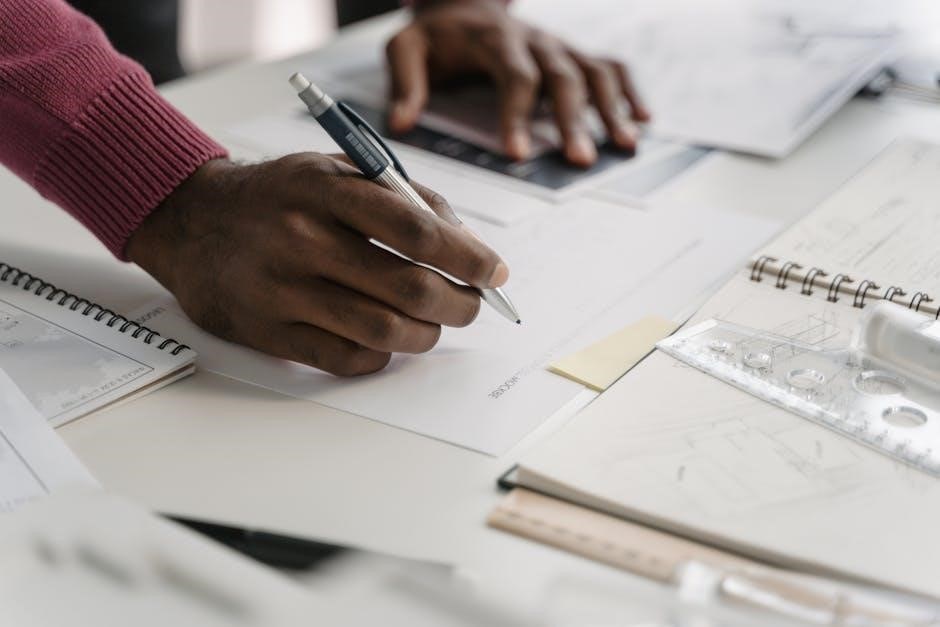
Top Commons and Uncommons
In MH3, commons and uncommons are crucial for drafting consistency. These cards often provide foundational pieces for archetypes, offering reliable utility and power at lower rarity.
Best White Commons
White commons in MH3 excel at providing early-game defense and synergizing with lifegain strategies. Luminous Bonds shines as a versatile removal piece, while Ethereal Priest supports token builds. Soul’s Attendant pairs perfectly with lifegain triggers, and Banisher Priest offers targeted removal for aggressive decks. Dauntless Angel acts as a powerful finisher, and Guardian of the Guildpact provides anthem effects. These cards are staples for Orzhov and Boros archetypes, ensuring strong foundational picks.
Best Blue Commons
Blue commons in MH3 draft are potent for card advantage and controlling the board. Consider and Opt provide crucial card selection, while Frogify neutralizes threats permanently. Master of Waves enables token swarms, and Thirst for Meaning supports Dimir lifegain synergies. Spell Pierce offers cheap interaction, and Hinterland Harbor helps fix mana in Simic builds. These cards are foundational for Simic Ramp and Dimir Control archetypes, ensuring strong picks for blue-heavy strategies.
Best Black Commons
Black commons in MH3 draft excel at removal and sacrificing for value. Grimclimb, the mtg card is versatile, offering both protection and card advantage. Eradicate is a reliable creature removal spell, while Reanimate enables powerful recursion. Gift of Decay and Vexing Reminder provide cheap, efficient ways to neutralize threats. Phyrexian Rager is a solid two-drop with upside. These cards are core to Orzhov Lifegain and Golgari Midrange builds, ensuring black remains a formidable color in any draft strategy.
Best Red Commons
Red commons in MH3 draft are aggressive and impactful. Ghitu Lavarunner is a standout one-drop with evasion. Searing Blood offers versatile removal and reach. Zammit, Burnt Offering provides early-game pressure and sacrifice synergy. Goblin Cadets generates tokens and scales into the late game. Fiery Confluence and Flaming Strike add removal and versatility. These cards are crucial for Boros Aggro and Gruul Midrange, making red a powerful color in any draft archetype.
Best Green Commons
Green commons in MH3 are versatile and powerful. Elvish Rejuvenator accelerates mana, while Llanowar Visionary fixes mana and grows. Beast Whisperer generates tokens and boosts power. Shamanic Revelation draws cards and enhances creatures. Elvish Harbinger fetches lands and provides mana. Reclamation Sage removes artifacts. These cards excel in Simic Ramp and Gruul Midrange, making green a cornerstone of any draft archetype.

Archetype Breakdowns
MH3 draft archetypes include aggressive strategies like Boros and Gruul, midrange options like Simic and Orzhov, and controlling decks like Dimir. Each archetype offers unique playstyles and synergies, allowing drafters to adapt to pack dynamics and build cohesive strategies around their chosen colors and card priorities.
Boros (Red-White) Aggro
Boros Aggro focuses on aggressive, low-toughness creatures with evasion or impactful abilities. Cards like Soul’s Fire and Defiler of Vig enable explosive starts. This archetype thrives on synergy between cheap, aggressive creatures and removal spells. Prioritize one-drops, anthem effects, and ways to protect your board. Drafters should aim for a balanced curve, ensuring early-game pressure and mid-game punch. Boros is ideal for players who want a fast-paced, proactive strategy in MH3 drafts.
Simic (Blue-Green) Ramp
Simic Ramp is a combo-oriented archetype that leverages early-game acceleration to cast powerful spells ahead of schedule. Cards like Golden Rampart and Farseek help fix mana, while Llanowar Visionary and Kodama’s Reach provide consistent ramp. The deck aims to assemble synergies like Crux of Fate with Rebellion or Tezzeret’s Gambit. Focus on balancing ramp and payoffs, ensuring you have a cohesive gameplan to dominate the late game with high-impact spells.
Orzhov (Black-White) Lifegain
Orzhov Lifegain is a synergy-driven archetype that thrives on generating and utilizing life gain to fuel powerful effects. Cards like Righteous Charge and Ajani’s Pridemate create recursive value, while Soul’s Attendant and Hallowed Respite provide card draw and protection. The deck excels at midrange battles, using lifegain to outlast opponents and enable game-ending combos. Focus on drafting creatures and payoffs that reward you for gaining life, ensuring a balanced mix of synergy and removal to dominate the board.
Gruul (Red-Green) Midrange
Gruul Midrange leverages red’s removal and green’s ramp to dominate the board with large creatures. Cards like Flameskull and Rootpath Purifier provide early-game value, while Llanowar Elves accelerates into high-impact threats like Skemfar Shadowsage. The archetype thrives on efficient creature trades and explosive turns, using removal to clear the path. Focus on drafting a mix of removal, ramp, and high-powered creatures to build a robust curve that overwhelms opponents in the mid-to-late game.
Dimir (Blue-Black) Control
Dimir Control excels at disrupting opponents with counterspells and removal while generating card advantage. Cards like Into the Story and Drown in Thought fuel your strategy, allowing you to outvalue opponents. Efficient removal like Unspeakable Skem and Terminate clears the way for your late-game threats. Prioritize card draw and interaction early, then transition into powerful finishers. This archetype rewards players who value consistency and incremental advantages, making it a strong choice in MH3 drafts;

Key Cards to Look For
Identify high-impact rares, versatile removal, and mid-round sleepers. These cards often dictate draft direction and can enable or disrupt popular archetypes, shaping your strategy effectively.
Must-Pick Rares
Must-pick rares in MH3 are game-defining cards that drastically improve your deck. Cards like Cavalier of Night and Hero of Iroas provide immense value and flexibility. These rares often enable archetype-defining strategies or provide critical removal. When passed a rare with high impact or versatility, prioritize it over commons or uncommons. They can single-handedly elevate your deck, making them worth taking early in the draft. Always assess their power level relative to your current build and future picks.
High-Impact Uncommons
High-impact uncommons in MH3 are crucial for strengthening your deck. Cards like Dreadlander Patrol and Froghemoth offer significant value, often acting as pseudo-rares. These uncommons provide essential effects like card draw, removal, or tempo gains, making them highly desirable. While they may not be as flashy as rares, their consistency and power level make them indispensable. Prioritize picking these uncommons early, as they often form the backbone of competitive decks and can elevate your strategy significantly.
Sleeper Picks
Sleeper picks in MH3 are hidden gems that fly under the radar but can drastically improve your deck. Cards like Gilt-Leaf Archdruid and Ghoulcaller’s Harvest often go unnoticed but provide immense value in the right builds. These cards excel in specific archetypes, offering unique effects like mana acceleration or card advantage. They are rarely prioritized early, making them excellent late-pack grabs. Keep an eye out for these overlooked cards, as they can become game-changers in your draft deck without heavy competition.
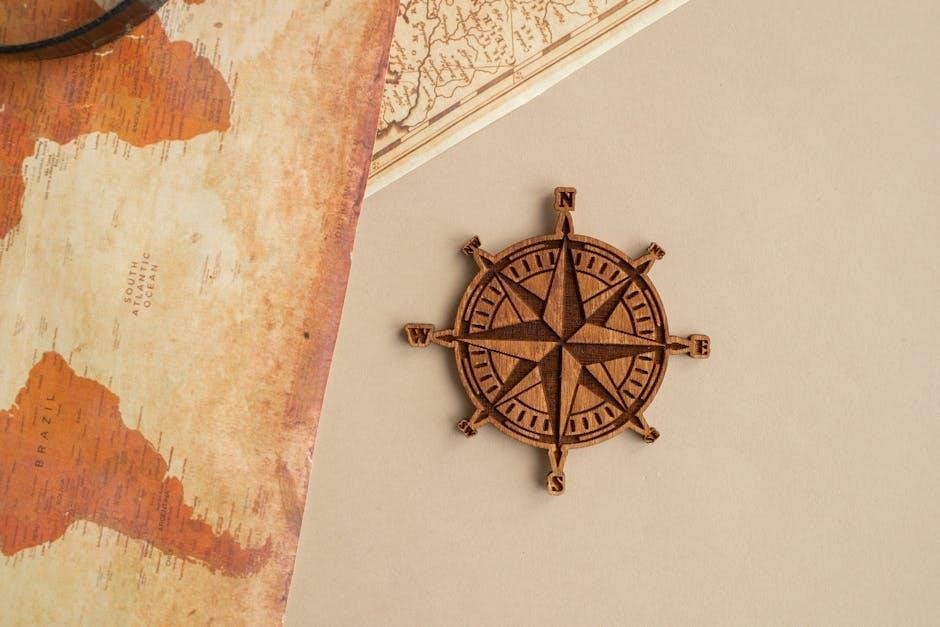
Draft Strategy Tips
Adaptability is key in MH3 drafts. Signal your opponents by picking synergistic cards early and pivot based on the packs’ direction. Prioritize card quality over archetype early.
First-Pick Strategies
In MH3 drafts, first picks are crucial for setting the tone. Prioritize high-impact, versatile cards that fit multiple archetypes. Rares and mythic rares often dominate, but uncommons like Kor Blademaster or Gaea’s Will can also be first-pick worthy. Signal your table by taking a powerful card early, allowing you to build around it. Avoid overcommitting to a single archetype too soon—flexibility is key in the first few picks. Balance card quality with potential synergies to maximize your draft’s potential.
Mid-Draft Adjustments
Mid-draft adjustments are vital for refining your strategy. Pay attention to signals from the table, such as which cards are being passed or avoided, to identify underdrafted archetypes. Stay flexible and pivot if your initial plan isn’t unfolding. Evaluate your card density and adjust your picks to ensure a balanced deck. Prioritize filling gaps in your mana curve or missing synergies. Shift your focus to support cards if your archetype is taking shape. Adaptability here often separates good drafts from great ones.
End-of-Pack Picks
End-of-pack picks are crucial for refining your deck. Focus on cards that fill specific gaps, such as mana fixers, sideboard options, or missing pieces for synergies. Pay attention to leftovers that align with your strategy. Prioritize cards offering utility or versatility over niche options. Use this opportunity to shore up weaknesses or complete key combinations. Avoid overthinking—these picks often provide incremental improvements rather than game-changers. Balance strategy with opportunism to ensure your deck is as polished as possible heading into deck-building.
Common Pitfalls to Avoid
- Overvaluing certain archetypes without adapting to pack trends.
- Ignoring synergies between cards, leading to disjointed decks.
- Picking cards out of context, neglecting overall strategy.
Overvaluing Certain Archetypes
One common mistake in MH3 drafts is overvaluing specific archetypes, especially if they align with personal preferences rather than the draft’s flow. Players may force strategies like aggressive decks or control decks, even when the pack signals don’t support them. This leads to passing up versatile cards that could fit better into emerging synergies. Stay flexible and adapt to the draft’s trends rather than clinging to preconceived archetype plans.
Ignoring Synergies
Ignoring synergies is a critical error in MH3 drafts, as it leads to a disjointed deck with underperforming cards. Players often prioritize individual card strength over how cards interact within a cohesive strategy. This oversight can result in a deck that lacks direction, making it harder to execute a gameplan. Always consider how picks enhance or disrupt potential synergies, as this directly impacts the deck’s overall power level and playability.
Picking Cards Out of Context
Picking cards out of context is a common mistake that weakens draft decks. Players often select strong individual cards without considering their role in the overall strategy. This can lead to a deck filled with powerful but disjointed pieces that fail to synergize. Avoid drafting cards that don’t align with your chosen archetype or game plan. Always evaluate how a card contributes to your deck’s overall cohesion and potential to execute a winning strategy effectively.

Advanced Draft Concepts
Advanced draft concepts involve meta adaptation, precise card valuation, signal passing, and optimizing deck synergy. These strategies refine picks and builds for competitive success.
Mana Curve Management
Mana curve management is crucial in MH3 drafts, ensuring your deck has a balanced distribution of spells across mana costs. Prioritize early-game plays (1-2 mana) for tempo and aggression, while midrange decks may favor 2-3 mana cards for stability. Higher-cost cards (4+ mana) should be limited to impactful threats or game-enders. Avoid overloading on expensive spells without ramp or fixers, as this can lead to inconsistent starts. Adjust your curve based on draft signals and archetype demands to maintain a smooth, aggressive, or controlling game plan.
Fixing Your Mana Base
A well-constructed mana base is essential for consistent gameplay in MH3 drafts. Aim for 17-18 lands in most decks, with dual lands like Overgrown Tomb or Breeding Pool being high priorities. Fetch lands (Verdant Catacombs, Arcum Fen) provide flexibility and fix mana early. Ensure a balance of basic lands to avoid color shortages. For multicolor decks, prioritize fetches and shocks to maintain stability. Late-game consistency relies on a robust mana base, so allocate picks wisely during the draft to secure these critical pieces.
Card Advantage and Tempo
Securing card advantage and maintaining tempo are crucial in MH3 drafts. Prioritize cards that generate card draw, such as Memory Lapse or Shamble Back, to outvalue opponents; Tempo is controlled through aggressive creatures like Shambling Swarm or cheap removal spells like Choking Grip. Balancing both elements ensures consistent pressure and adaptability. Drafting strategies that emphasize these aspects will often lead to favorable board states and improved win rates in competitive matches.

Post-Draft Tips
After drafting, organize your cards by synergy and power. Build a cohesive decklist, considering mana curves and interactions. Adjust strategies based on the metagame and review your draft to identify areas for improvement.
Building Your Deck
After drafting, focus on constructing a cohesive deck by evaluating synergies and power levels. Prioritize cards that work well together, ensuring a balanced mix of creatures, removal, and card advantage. Pay attention to your mana curve, aiming for a smooth distribution of costs. Include lands based on your deck’s color requirements and potential mana fixes. Organize your cards by role and consider splashing additional colors if supported by your pool. Adapt your strategy to the overall power level of your draft picks for optimal performance.
Sideboarding Strategies
When sideboarding in MH3 draft matches, focus on addressing specific threats and adapting to your opponent’s archetype. Analyze their deck during the draft to anticipate strategies and adjust accordingly. Include versatile cards that can counter multiple threats. Prioritize high-impact sideboard cards like removal or counterspells. Consider the meta and common archetypes to tailor your sideboard effectively. Balance your sideboard size to avoid overcrowding, ensuring each card serves a clear purpose. Adjust based on the draft’s overall power level for optimal matchup preparation.

Expert Insights and Case Studies
Top players share strategies for navigating MH3 drafts, highlighting archetype pivots and key card selections. Case studies reveal winning approaches and common pitfalls to avoid.
Successful Draft Examples
In MH3 drafts, successful strategies often involve identifying synergistic archetypes early. For instance, a Boros Aggro draft focusing on cheap creatures and anthems can dominate. Conversely, a Simic Ramp deck leveraging powerful payoffs like Komenda’s Will and Gilt-Leaf Archdruid can outscale opponents. Players who adapt their picks based on signals and maintain a balanced curve tend to perform best. These examples highlight the importance of flexibility and understanding the draft’s flow to build cohesive, competitive decks.
Learning from Mistakes
Learning from mistakes is crucial in MH3 drafts. Common pitfalls include overvaluing rare cards early or ignoring deck synergy. For example, taking a high-impact rare without considering its mana cost or fit in your archetype can lead to inconsistency. Additionally, neglecting to adapt to signals or forcing a strategy despite poor support often backfires. Analyzing post-draft deck lists and identifying missed opportunities helps refine future decisions, fostering improvement and a deeper understanding of the format.
Mastering MH3 drafts requires practice, adaptability, and strategic thinking. By understanding archetypes, synergies, and format dynamics, players can elevate their game and enjoy consistent success.
Final Thoughts on MH3 Drafting
MH3 drafting is a dynamic format that rewards adaptability and strategic thinking. Emphasize synergies, evaluate cards contextually, and stay flexible. Prioritize early-game consistency while building toward late-game power. Practice understanding the meta and archetype shifts. The format’s depth and complexity make it both challenging and rewarding. By mastering these principles, players can navigate the draft confidently and maximize their win potential in Modern Horizons 3.
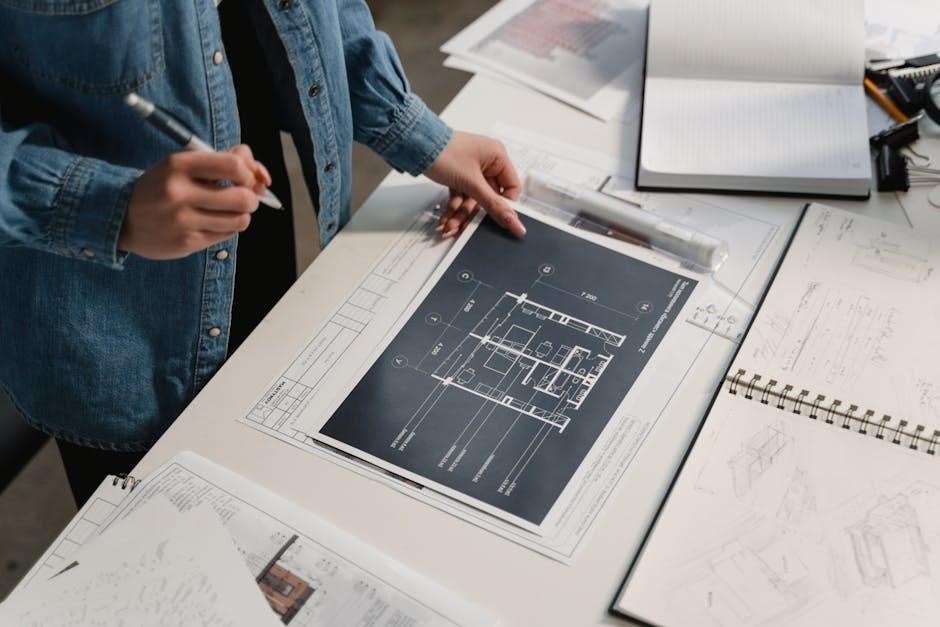


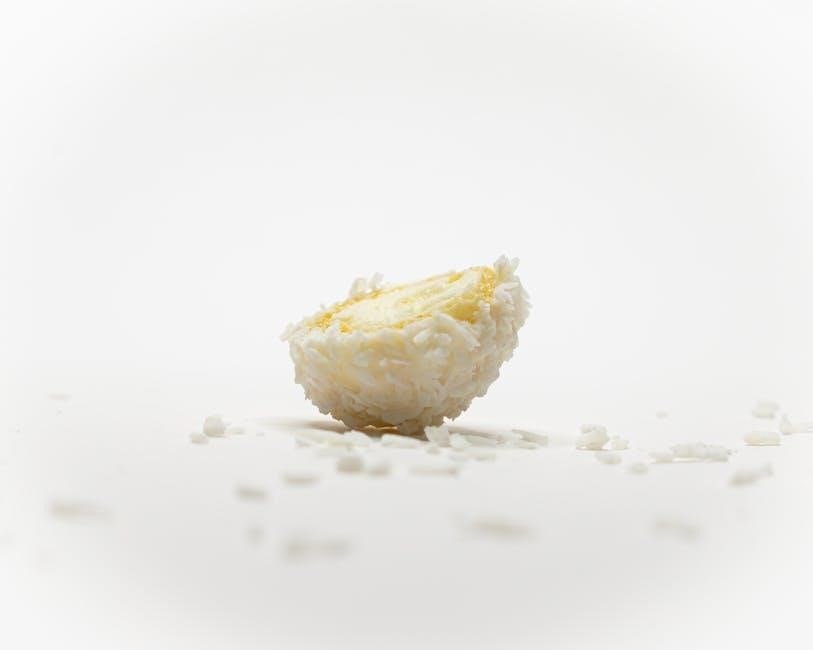

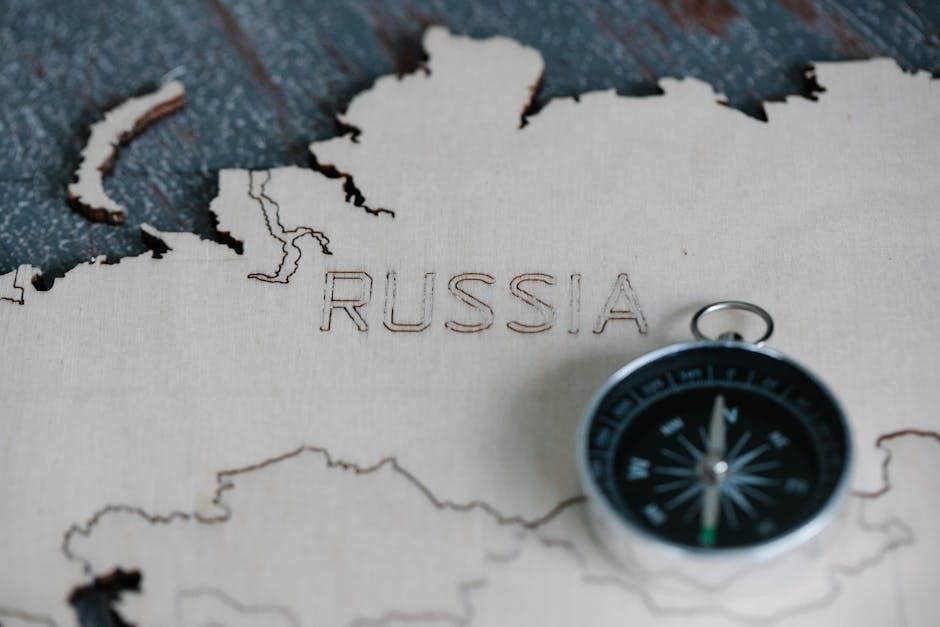
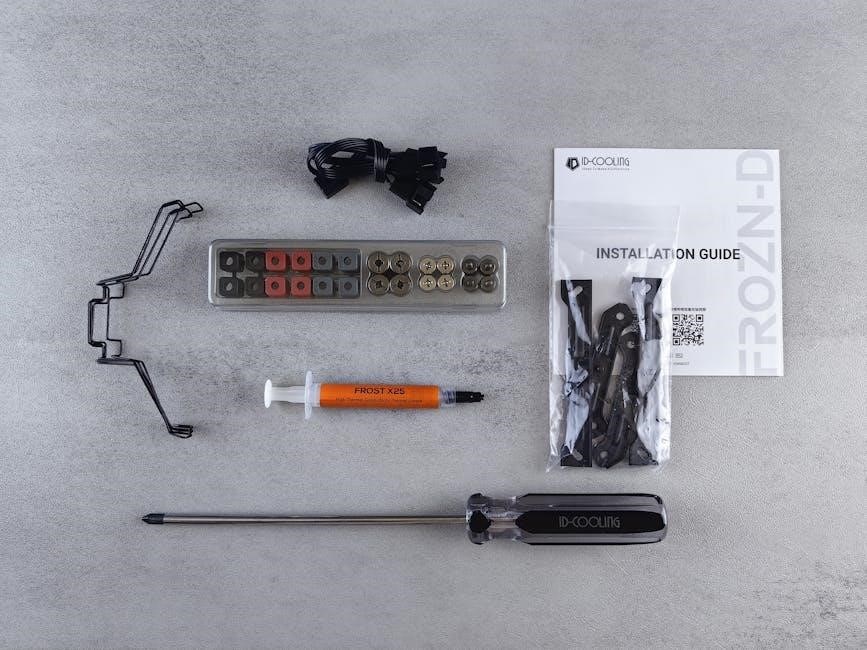
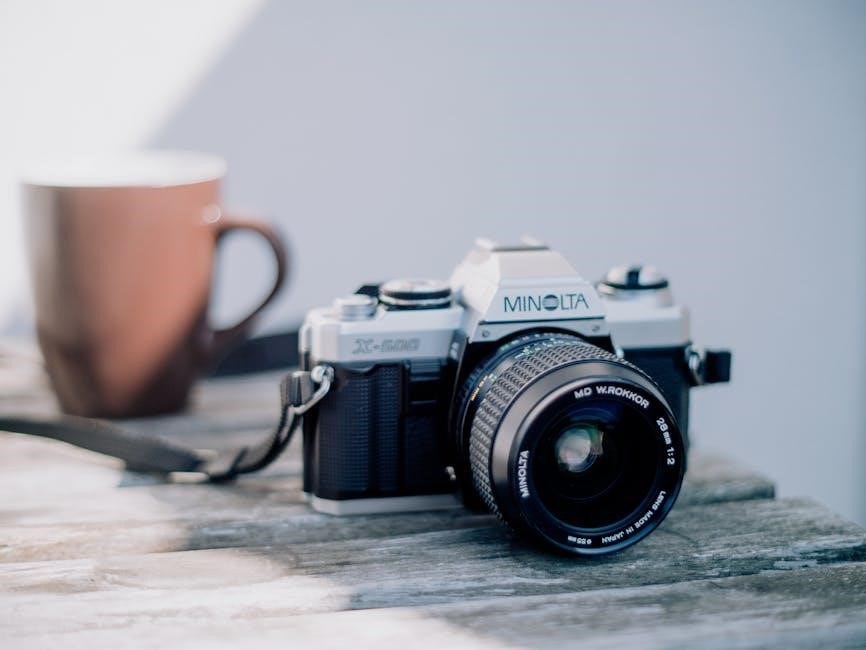

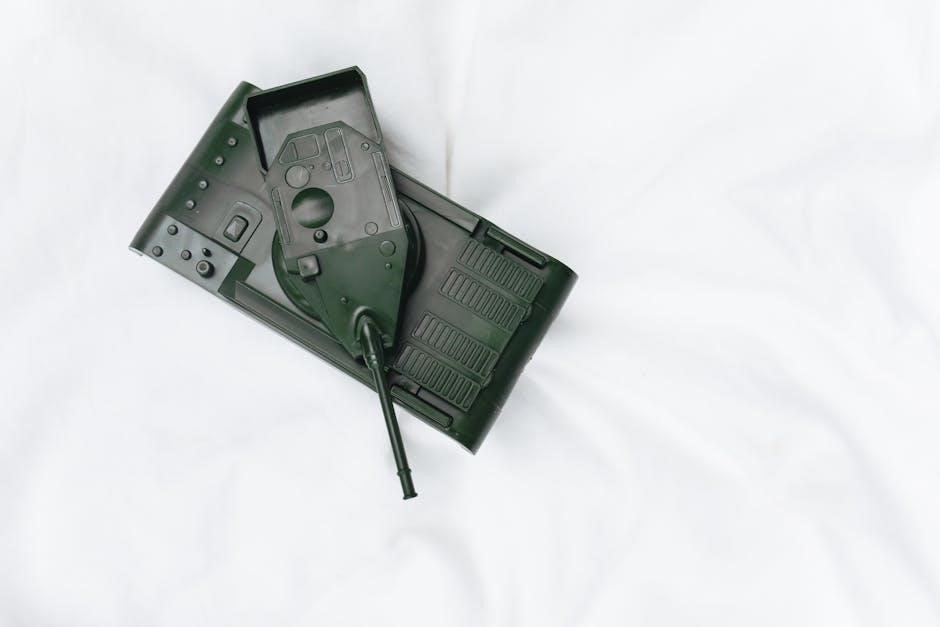
Leave a Comment